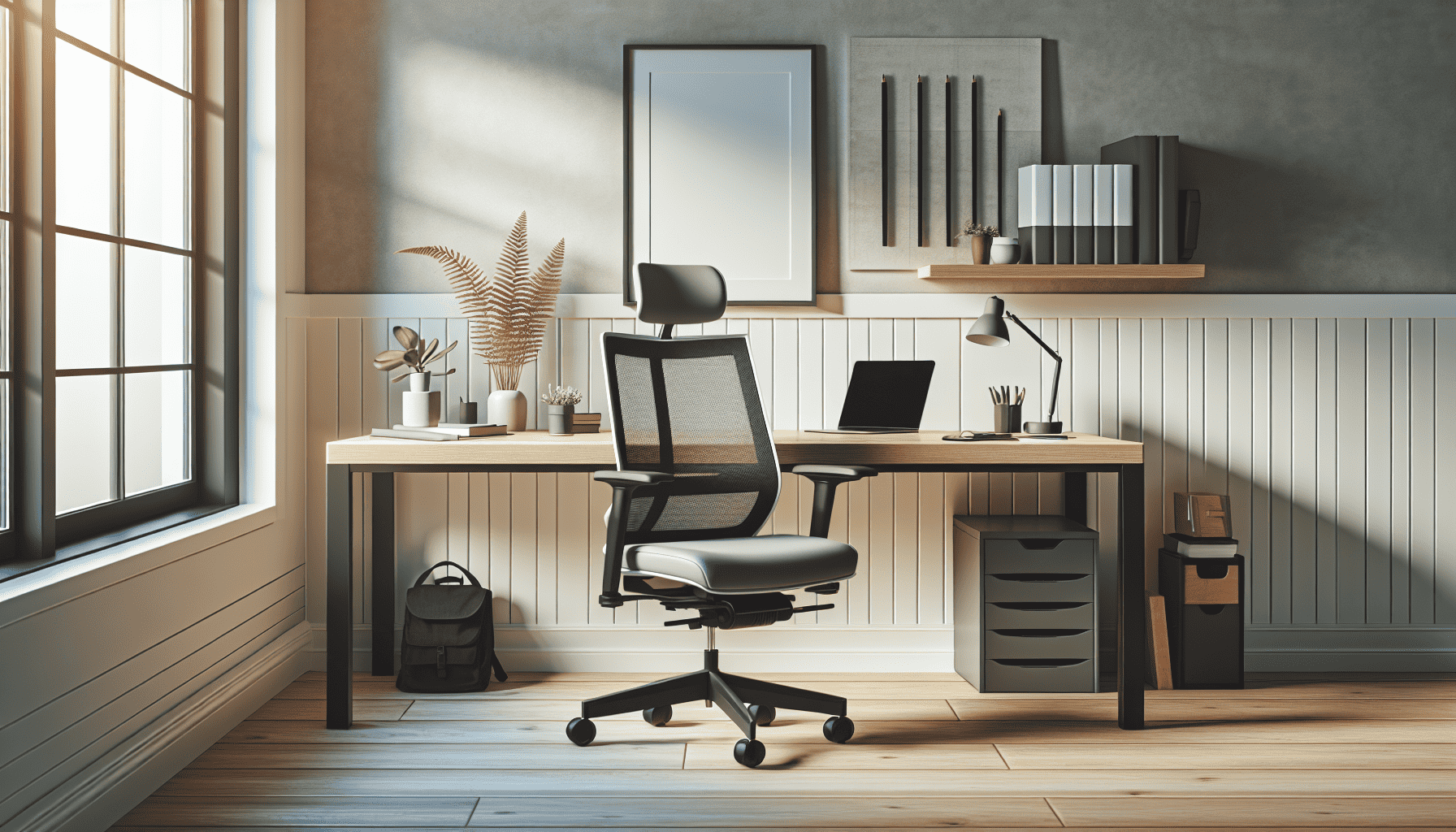In today's fast-paced work environment, achieving and maintaining productivity is a goal for many professionals. However, an often-overlooked factor that significantly contributes to productivity is the comfort and design of one's workspace. Ergonomic office solutions, particularly chairs and desks, play a critical role in ensuring that individuals can work efficiently without sacrificing their well-being.
Ergonomics, at its core, is about designing workspaces that support the natural movements and postures of the human body. When it comes to office settings, this means creating environments that prevent discomfort, fatigue, and injuries that are typically associated with prolonged sitting and poor posture.
One of the primary components of an ergonomic office is the chair. An ergonomically designed chair offers adjustable seat height, lumbar support, and armrests, allowing users to tailor the chair to their specific needs. A good ergonomic chair encourages proper posture by aligning the spine and supporting the lower back, significantly reducing the risk of back pain and other musculoskeletal issues.
Desk design is equally critical to creating a comfortable work environment. Ergonomic desks come in various formats but often include adjustable height options. Sit-stand desks, for instance, have gained popularity as they allow individuals to alternate between sitting and standing throughout the day. This flexibility helps alleviate the strain on the body caused by long hours of sitting, promotes better circulation, and can enhance focus and energy levels.
The layout of an ergonomic workspace should also consider the arrangement of accessories and equipment. The computer monitor should be eye-level to reduce neck strain, and peripheral devices such as keyboards and mice should be positioned so that the wrists remain straight and relaxed.
In addition to the physical components, the overall atmosphere of a workspace contributes to its ergonomic quality. Adequate lighting, minimal clutter, and access to ergonomic accessories like footrests and document holders can further enhance the efficiency and comfort of an office setup.
Investing in ergonomic office solutions is not merely about improving comfort; it's about fostering a healthier, more productive work culture. By reducing the physical strains of office work, employees can maintain higher levels of productivity and job satisfaction. Moreover, businesses often see a reduction in absenteeism and healthcare costs, making ergonomics a sound investment.
In summary, the integration of ergonomic office chairs and desks is an essential strategy for those seeking to enhance their productivity and well-being in the workplace. By prioritizing comfort and proper posture, individuals can work more effectively, safeguard their health, and create a sustainable work routine that supports long-term success.
